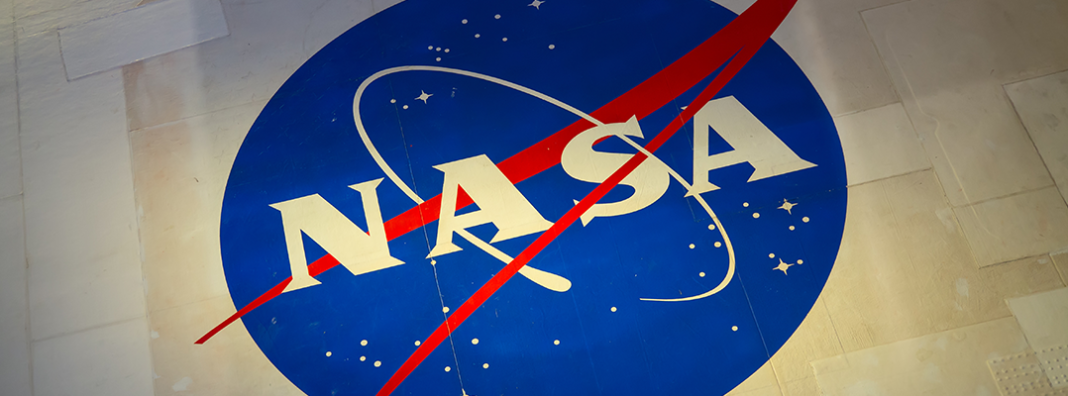
The last time a NASA administrator was up for nomination, Bill Nelson, then a Florida senator, was on the other side of the dais, peppering then-Representative Jim Bridenstine with tough questions. Early in the hearing, Nelson wondered aloud if Bridenstine’s time as a politician might hamper his ability to command. “The administrator must be a leader,” he noted, “who has the ability to unite scientists, engineers, commercial space interests, policymakers, the Congress, and the public on a shared vision for future space exploration.”
On Wednesday in the Senate, Nelson, now up for the role himself in the Biden administration, commended Bridenstine’s highly regarded tenure that helped to expand the U.S. manned space program but made no commitments to continue his legacy of locking horns with legislators. But NASA needs both continuity and someone who will push back against the worst tendencies of Congress.
As President Biden’s nominee for administrator, Bill Nelson certainly comes with the right credentials to lead NASA. He has a long history overseeing the agency. He remains one of only two sitting politicians ever to fly a Space Shuttle mission, and he has won glowing praise from all the right people, such as previous Administrator Bridenstine and Senator Rubio.
But the biggest concern about Nelson is his vision for NASA. For far too long, Congress has moved beyond mere goal-setting to dictate in legislative text what the agency should decide itself. Some members care too much about keeping jobs in their district through NASA contracts and not enough about truly advancing innovation in space. This mentality led to the development of the Space Launch System (SLS), which continues to be an albatross for NASA.
The United States needs a clear vision for space, which NASA should manage. NASA, in turn, can best achieve this vision by budgeting wisely and working with commercial operators such as SpaceX and Blue Origin instead of wasting money building it itself.
Nelson’s history with NASA began in 1985, when he served on the House Space and Aeronautics Subcommittee, which oversees the agency. In 1986, just weeks after Nelson finished his Shuttle mission, tragedy struck with the Challenger explosion. As part of the overseeing body, he convened hearings to get the shuttle program back on track. To his credit, Nelson has been a stalwart supporter of human spaceflight, even when NASA pivoted to robotic missions in the 1990s.
Nelson, however, has also shown hostility in the past in using commercial space vehicles. At a 2010 hearing, he spoke openly about shifting funding from the commercial programs toward what would become the Space Launch System, asking:
What would happen if Congress decided — since the Congress controls the purse strings — that we wanted to take the $6 billion projected by the president over the next five years and use that not for human certification of the commercial vehicles but instead to accelerate the . . . heavy-lift vehicle for the Mars program?
Nelson question has proved inversely prescient. Less than a year ago, NASA flew Americans to the International Space Station on a SpaceX Falcon 9 rocket. It was the first time an American rocket launched from American soil since the Shuttle in 2011, and it was enabled by the programs that Nelson wanted to cut. Indeed, much of this century’s commercial space race can be attributed to NASA’s Commercial Cargo and Commercial Crew programs.
Meanwhile, Nelson championed the Space Launch System, which will finally fly this year, if all goes well, after over a decade mired in cost overruns and time delays. For some time, the SLS lacked the clear vision Nelson himself had identified as critical. When he helped to write the SLS into the 2010 NASA Reauthorization Bill, there wasn’t a long-term goal to go to the moon, or Mars, or anywhere else for that matter. The Artemis Mission, which does both, only came into being in 2017 and was then grafted onto the SLS project.
Under the most recent appropriations bill, Congress doubled down, requiring NASA to provide a multi-year plan for the SLS to be a part of the Artemis moon mission. Days before the hearing, NASA announced that SpaceX would provide the vehicle to get to the moon but SLS would provide the launch vehicle for astronauts. In-flight, crew members will switch from SLS to SpaceX. Such a head-scratching decision could be explained by the fact that SLS contracts with suppliers in every state. For these and other reasons, NASA still languishes from the burden of carrying on the SLS. As my colleague Eli Dourado observed, “In a sane world, Congress would shut down the entire program and NASA’s space exploration would proceed using commercial rockets.”
Fortunately, NASA has already begun to chart a better path. This new path puts NASA in charge of selecting the technology and setting standards, but shifts contracts to be milestone-based and with fixed cost. NASA will continue using this kind of contract with Artemis, but the agency is still reeling from the hangover due to SLS and its way of doing contracts. About a decade ago, the agency estimated that its traditional cost-plus contracting regime would have cost taxpayers $4 billion to acquire the Falcon 9 rocket. But it cost SpaceX $443 million, a mere tenth of a comparable rocket. This is largely a product of the fixed-cost contract model. In total, the Commercial Crew program alone saved the agency between $20 billion and $30 billion. That estimate stands in stark contrast to the $17 billion NASA has already spent on the SLS Program through the end of 2020, an additional $6 billion above the original ticket price.
This success was too obvious for NASA to ignore. So in mid-March, the agency announced it was seeking to replicate its commercial programs’ success with plans to award four companies up to $400 million to begin the development of private space stations. Freed from the SLS, NASA could target money to do so much more.


 National Review
National Review Yahoo! News
Yahoo! News